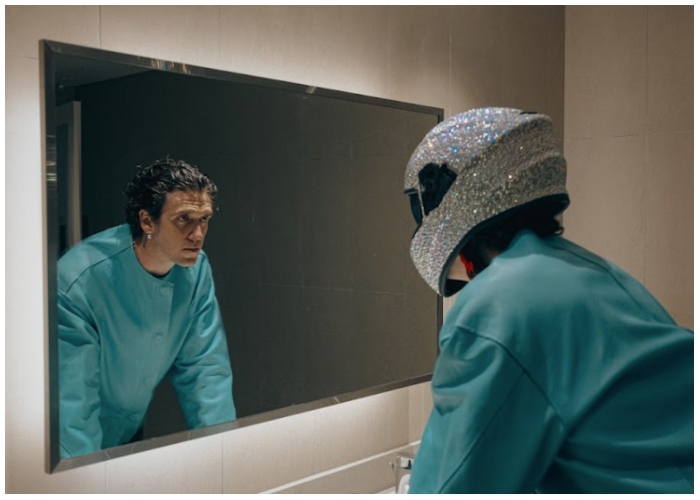The digital world in 2025 is buzzing with next-level visuals—but not all of them come from human minds. Artificial Intelligence has taken center stage in music video creation, flooding TikTok, YouTube Shorts, and Instagram with dynamic, movie-like clips that once required big teams and long hours. These AI-powered visuals are eye-catching, no doubt, but they’ve also sparked questions. Where do human artists fit in now? Are we watching a creative evolution—or the quiet fade-out of authenticity?
In June, these videos took over timelines worldwide. Some artists leaned into the innovation, exploring new ways to tell their stories. Others sounded alarms about AI overstepping boundaries and eroding artistic ownership. Let’s unpack five major AI music video moments from the month—and what they suggest about how art and tech are intersecting.
1. Ed Sheeran’s Tune Gets a Bollywood Twist
A reimagined version of Ed Sheeran’s “Sapphire” went viral—transformed into a colorful, Bollywood-style video using AI-generated effects. The visuals included famous Indian celebrities like Aishwarya Rai and Allu Arjun, digitally inserted into choreographed sequences against a dreamlike version of Mumbai.
While fans loved the cinematic style, the video stirred legal questions. The celebrities featured hadn’t given permission for their likenesses to be used. That raised big concerns about digital identity theft, artistic consent, and how AI could be misused. It was a striking visual achievement—but also a wake-up call about ethics in digital media.
2. Kelly Yu Turns AI Into Her Creative Partner
Chinese singer Kelly Yu released an AI-assisted video for her song “Werewolf,” blending anime aesthetics with futuristic transitions and motion effects. With the help of AI animation tools, she designed entire scenes using only prompts and sketches.
Unlike the unauthorized deepfakes seen elsewhere, Yu’s video was guided by her from the start. She used technology not to replace her ideas, but to enhance them. It was a case study in collaboration—showing that artists can use AI as a tool without compromising their creative control.
3. Lauv Uses AI to Tell a Visual Story on a Budget
Independent artist Lauv jumped into AI filmmaking with a short, dreamlike video set across bizarre digital landscapes—glitchy cities, surreal deserts, and more. He used platforms like Reelmind.ai to bring it to life without a traditional production team.

Lauv’s project illustrated a huge advantage of AI in music: accessibility. For smaller artists without deep pockets, AI unlocks the ability to create premium visual content. Still, what made the video resonate wasn’t the tech, but Lauv’s emotional lyrics. The takeaway? AI can support a story, but it can’t be the story.
4. Glorb, the AI Rapper Who’s More Bot Than Human
A virtual artist named Glorb became a social media sensation in June, dropping AI-generated rap videos voiced by familiar cartoon characters. The content was fully machine-made—from lyrics and beats to the animated visuals.
While many found Glorb hilarious, others questioned the point. Is it entertainment, or just a digital gimmick? Critics noted the lack of soul behind the screen. The rise of performers like Glorb prompts a tough question: Can computers really create art, or are they just simulating it?
5. “YAJU&U” Becomes a Viral Curiosity in Japan
An AI-produced track titled “YAJU&U” broke into Japan’s viral music rankings with oddball lyrics and a catchy beat. While it turned heads online, some critics weren’t sold—calling it a fun distraction, but lacking artistic depth.
Its popularity highlights how fast AI can generate chart-toppers. But it also shows that novelty alone doesn’t make something meaningful. Without purpose or passion behind it, even the most addictive track can feel disposable.
AI is reshaping how music videos are made and shared—offering powerful tools that democratize creativity and speed up production. But it also brings challenges. Who owns the content? Where’s the human touch? And can emotion really be programmed?
Artists like Kelly Yu show how AI can be used responsibly—as an ally to human imagination. But viral sensations like Glorb remind us that the heart of music still comes from people, not machines. For now, the most powerful stories are still the ones that come from real voices, with real emotion behind them.